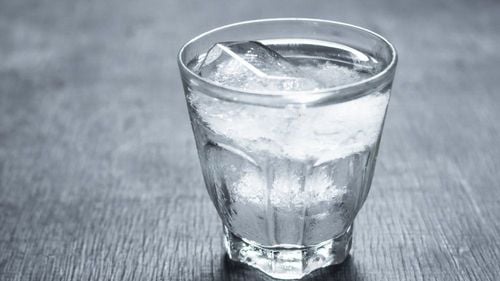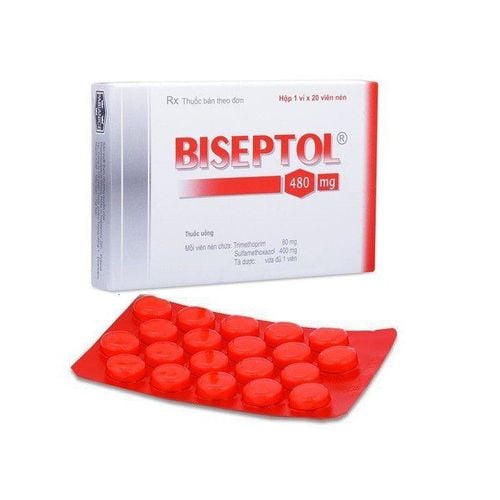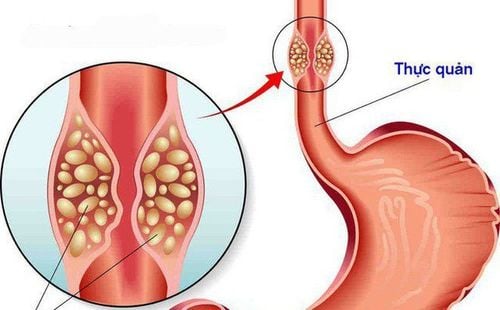This is an automatically translated article.
Dehydration in children occurs when the body is significantly depleted of water and electrolytes to varying degrees. Symptoms and signs of dehydration in children include thirst, lethargy, dry mucous membranes, decreased urine output, and when children are severely dehydrated, alarming symptoms such as tachycardia, hypotension, blood pressure and shock. Diagnosis of dehydration in children is based on history and physical examination. Treatment is with oral or intravenous fluids to replace lost fluids and electrolytes.
1. Causes of dehydration in children
Dehydration remains a major cause of morbidity and mortality in infants and young children worldwide. Dehydration is a symptom or sign of a number of other conditions, most commonly diarrhea.
Newborns are especially susceptible to dehydration because of their greater basal fluid requirements (due to higher metabolic rates), higher evaporation losses (due to higher surface area ratios). higher volume) and inability to self-refresh or seek fluids.
There are many causes of dehydration in children, due to two main mechanisms: increased fluid loss from the body and decreased fluid intake, or both.
In children, dehydration is common in the gastrointestinal tract - through vomiting, diarrhea, or both, often in the setting of gastroenteritis. Other sources of water loss are the kidneys (eg, diabetic ketoacidosis), skin from excessive sweating, burns, and loss of water into the 3rd space eg, into the lumen in intestinal obstruction.
Decreased amount of fluid given to the child is common in mild illnesses like sore throat or in any serious illness. Reduced fluid intake may be experienced with vomiting or fever, rapid breathing, or both.
2. Pathophysiology of dehydration in children
Water loss will contain electrolytes in varying concentrations, so dehydration is always accompanied by some degree of electrolyte loss. The exact amount and type of electrolyte loss varies depending on the cause (eg, a significant amount of bicarbonate can be lost with diarrhea but not with vomiting).
However, the concentration of sodium lost in water is lower than in plasma. Therefore, in the absence of prompt fluid rehydration, serum sodium will rise, also known as hypernatremia.
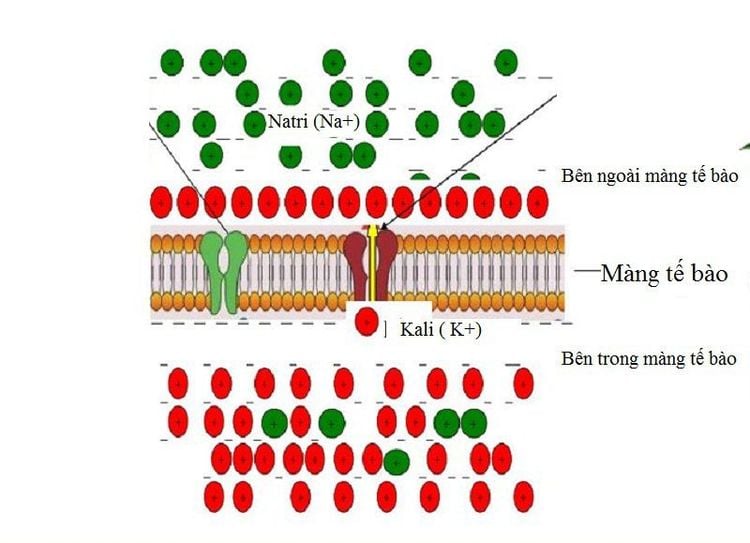
Natri và một số vi chất khác có vai trò quan trọng trong cơ thể con người
Hyponatremia results in some fluid shifting out of the intravascular space into the interstitial space, reducing the circulating volume in the vascular lumen.
3. Symptoms and signs in children with dehydration
Symptoms and signs of dehydration in infants vary with severity and with serum sodium levels. Due to displacement from the interstitial space into the vascular compartment, children with hypernatremia present more symptoms such as very dry mucous membranes, flaccid skin, with a certain degree of dehydration than children with hyponatremia. However, children with hypernatremia had better hemodynamics including faster heart rate and more urine output than children with hyponatremia. Children who are dehydrated with hyponatremia may show only mild dehydration but are more susceptible to hypotension and cardiovascular collapse than dehydrated children with high or normal sodium levels.
Dehydration in children is classified as follows:
Mild: No hemodynamic change (water loss is about 5% of body weight in neonates and 3% in adolescents) Moderate: Tachycardia (water volume) loss accounts for about 10% of body weight in infants and 5 to 6% in adolescents) Severe: Low blood pressure with decreased perfusion to the body organs (water loss accounts for about 15% of body weight) body in infants and 7 to 9% in adolescents) However, a combination of symptoms and signs should be used to assess dehydration for an accurate result, rather than using a sign.
Laboratory tests are usually indicated for children with moderate or severe dehydration in which electrolyte disturbances including hypernatremia, hypokalemia, metabolic acidosis or metabolic alkalosis are common. , and these children often require intravenous fluid therapy. Other abnormalities noted on laboratory findings included relative polycythemia vera due to hemoconcentration, increased blood urea nitrogen (BUN), and increased urine specific gravity.
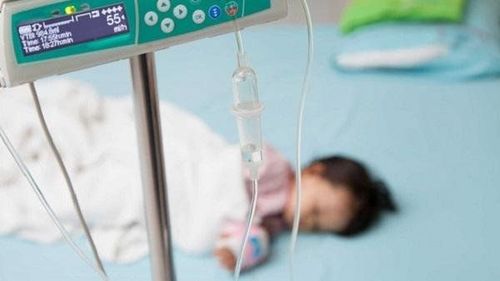
Một số trẻ mất nước cần được điều trị bằng dịch truyền tĩnh mạch
4. Treatment of dehydration in children
First, parents need a general assessment to look for danger signs. When a dehydrated child shows one of the following symptoms, parents should call 911 immediately or take the child to the nearest medical facility:
Very dry mouth or no tears Coma, lethargy , call the child unresponsive Child not urinating for 12 hours or more Not alert or unable to think clearly Too weak or dizzy unable to stand In young children, mild to moderate dehydration can very likely, especially if the child has diarrhea or vomiting. Parents should contact their child's pediatrician if the following signs are present:
Not drinking enough or not eating enough, skipping meals Tired Having dark yellow urine or a decrease in urine volume compared to usual Dryness Dry mouth and eyes Irritability or fussiness The child vomits many times, more than 3 times in 1 hour Dehydration occurs in children younger than 1 year When the child shows signs of dehydration, it is necessary to carry out rehydration for the child. Rehydration measures vary with age and severity of dehydration:
For dehydration in infants under 1 year of age: If babies are breastfed or bottle-fed, feed them more often . If your baby is vomiting, give them several times, small sips of water at a time. For example, instead of 100ml every 4 hours, give 50ml every 2 hours. If your child still vomits more, call your child's doctor. For dehydrated children who are on solid foods, water supplementation also needs to be done. Give your child a rehydration solution such as oresol, if possible. This liquid can add salt, sugar, and potassium. Ask your child's doctor about the specific type and amount to use safely on your child. For mild dehydration in children aged 1 to 11 years: give your child extra fluids on a regular basis, in small sips, especially if the child is vomiting. Opt for soups, sodas or oresols, if possible. Popsicles, shaved ice, and cereal mixed with milk can be given to children for extra water or liquid. It is necessary to continue to maintain a normal diet.
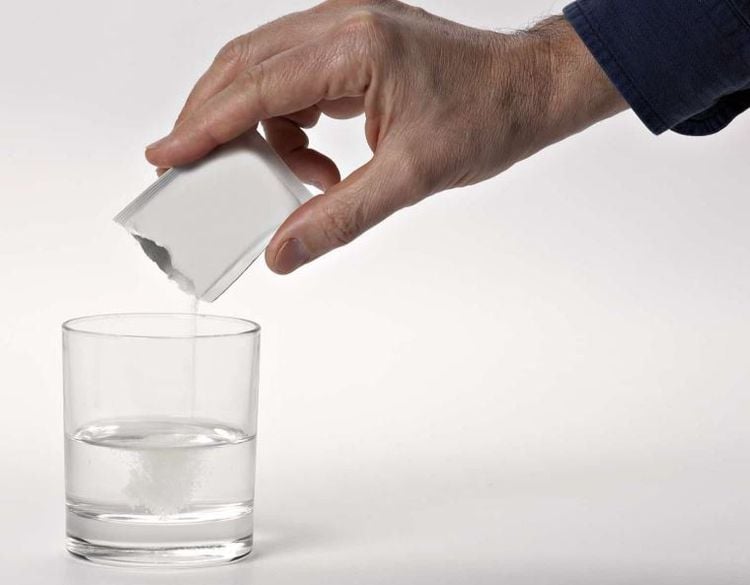
Phụ huynh có thể bù nước cho trẻ bằng cách bổ sung oresol theo hướng dẫn của bác sĩ
For mild cases of dehydration, let the child rest for 24 hours and continue drinking fluids, even if the symptoms improve. Liquid supplementation can last up to a day and a half. Continue your child's normal diet. For severe dehydration, your child may need fluids in the hospital. If you feel your child's symptoms are not improving or getting worse, take your child to the nearest medical facility.
For children to be healthy and develop well, it is necessary to have a nutritious diet in terms of quantity and quality balance. If children are not provided with adequate and balanced nutrients, it will lead to diseases of excess or lack of nutrients, which adversely affect the comprehensive development of children in terms of physical, mental and motor skills.
Children who do not eat properly are at risk of micro-mineral deficiency causing anorexia, growth retardation, malabsorption,... If they notice the above signs, parents should supplement their children with products. The supplement contains lysine, essential micro-minerals and vitamins such as zinc, chromium, selenium, and B vitamins to help fully meet the nutritional needs of children. At the same time, these essential vitamins also support digestion, enhance nutrient absorption, help improve anorexia, and help children eat well.
Parents can learn more:
Signs of zinc deficiency in children
Micronutrient deficiency and failure to gain weight in children
Please regularly visit Vinmec.com website and update useful information to take care of your child. Take care of the baby and the whole family.
Articles refer to sources: nhs.uk, NCBI, msdmanuals.com, mayoclinic.org, webmd.com




